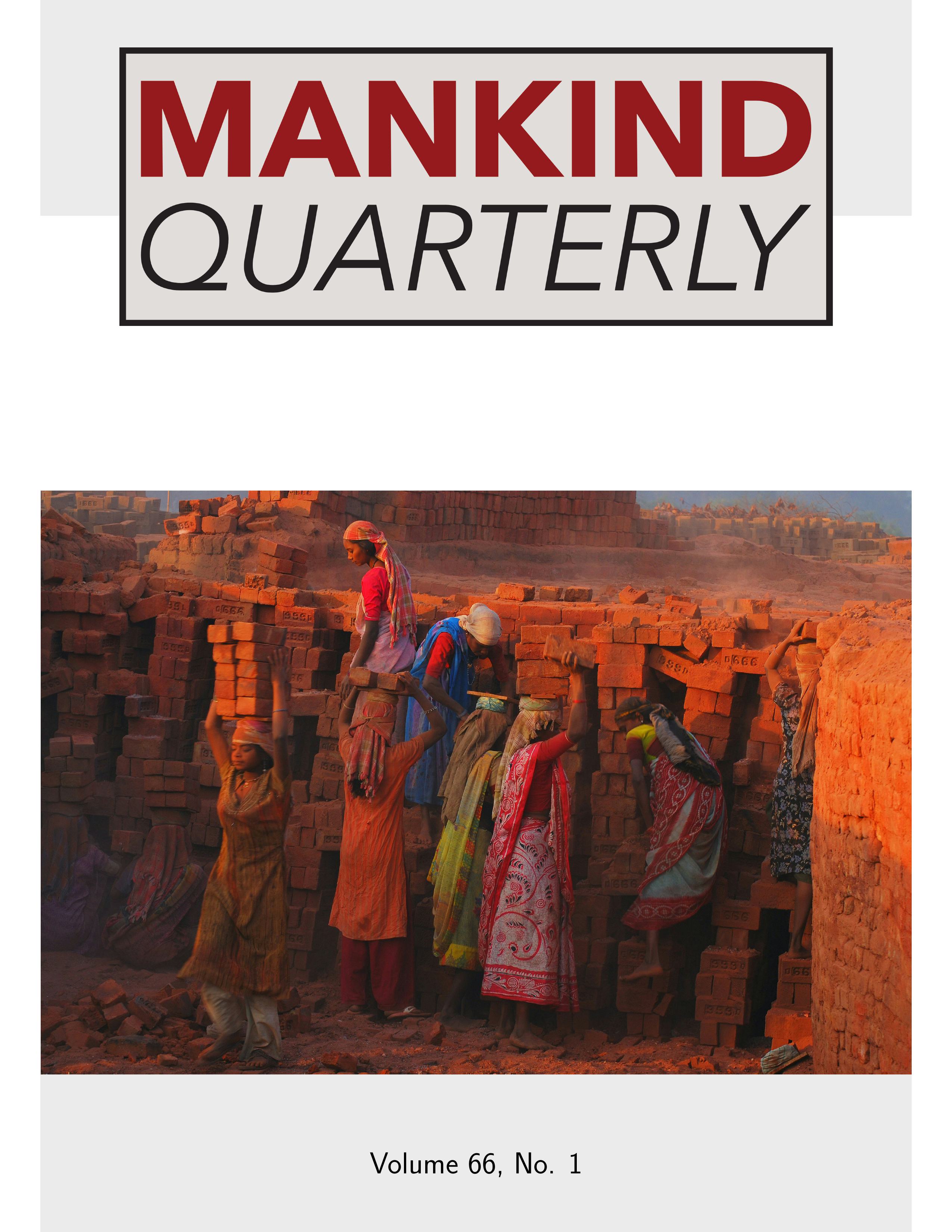Home > Archive > Volume 44, No. 3-4 > This paper
Thoughts on the Chain-Like Homeland of the Uralic People
János Pusztay
Published: 2004/06/01
Abstract
The author tackles the thorny question of the unity and origins of the Uralic languages, and suggests that thousands of years before any proto-Fenno-Ugric or proto-Ob-Ugrian or proto-Samoyed may have developed there was a loose culture area extending across northern Eurasia from Fenno-Scandinavia to the Pacific, containing a wide variety of speech forms. To the east these evolved or amalgamated into a Paleo-Siberian group of languages and to the west into the Fenno-Ugric languages. However, some of the peoples in the center may have become separated from the Paleo-Siberian people to the east by he intrusion of new peoples into the area of the Yenesei from the southeast. As a result the more western Paleo-Siberians would have been brought into closer contact with the Fenno-Ugric speakers to their west, and the resultant linguistic influences may have resulted in the Ob-Ugrian and Samoyed languages. Thus he sees no common homeland for all speakers of Uralic languages, but rather a chain-like cultural region. To support this view he draws primarily on linguistic evidence, but also shows how this theory would fit the available archeological evidence for cultural evolution and migration. Although he does discuss physical anthropology, his theory would serve to explain the biological differences between the Caucasoid Finns and Estonians of today, who speak Uralic languages, and the more Mongoloid Samoyed and Ugrians whose languages are also classified as Uralic.

